Madonna and Child
Oil on canvas, 116 x 83 cm
The canvas in question depicts the Icon of the Blessed Virgin Consoled, or more correctly Comforter of the afflicted. The title recalls the role of the Virgin as mother of Jesus, who is the consolation of the World. She assists and participates in the sacrifice of her son and is consoled by God. Being she consoled, it can console the afflicted from any type of pain. At the Church of the East the title of this icon is of the Otrada (consolation)
On a gold background, Mary is presented in the act of holding the child Jesus, who with his right hand blesses the devotees. The face of the virgin is sweet, yet from the absorbed look it reveals a certain worry motivated by the awareness of the sacrifice that the son will make. The latter, unlike the mother, looks straight at the spectator-faithful confident and aware of his destiny. There are many symbolic references depicted: At the exact center of the work falls the blessing hand of Christ, with two fingers raised indicating the two fundamental truths of the Christian faith or the human and divine nature of Jesus. It is said that in the fifth century in Constantinople there was a chapel with an image of the Madonna painted by Saint Luke himself, who portrays her as indicating the Child Jesus in his arms (hence the name "she who indicates the way" or Odigitria). In the case of the icon of the Consolata, Mary seems to indicate, besides Jesus, her own blessing hand, and therefore the Trinity and the two natures of Christ. Even the clothes they wear are vehicles of symbolic messages, starting from the mantle of the Madonna whose intense midnight blue color represents the divine. The gold and richly decorated borders express the kingship of the Mother of God, together with the red of the sleeve that recalls the stone of the rings that she wears in both hands and the mantle of Jesus.
On the blue mantle appear two stars representing the virginity of Mary before and after childbirth, or the first Marian dogma.
In Turin the devotion to the Consolata is certainly the most felt and the oldest. It was in fact the protobishop S. Massimo who had a Marian church built near the walls of Turin. On the high altar there is the icon of the Consolata, a title that must be the result of a dialectal distortion; in fact, the sanctuary bears the inscription "Consolatrix afflictorum".
According to tradition in 1104 the Virgin appeared to a blind man, Giovanni Ravachio di Briancon and told him to go to Turin to find a painting depicting her in order to regain his sight. He goes to Turin and after long excavations and research he finds the effigy and the miracle takes place. The work venerated today is located in the crypt of the sanctuary and is a copy of the original lost during the various interventions made to the building. What is still venerated today is therefore an image of the fifteenth century attributed to Antonio Aquili known as Antoniazzo Romano (1430 ca- 1508)which is inspired by the Madonna del Popolo of Rome as denounced by an inscription at the base of the painting Santa Maria de Popolo de Urbe.
With Ars Antiqua you can defer all amounts up to a maximum of € 7,500 at ZERO RATE, for a total of 15 INSTALLMENTS.
Eg. Tot. € 4,500 = Monthly installment € 300 for 15 months.
Eg. Tot. € 3,600 = Monthly installment € 720 for 5 months.
For amounts over €7,500 or for a longer grace period (over 15 installments), we can provide a custom payment.
Contact us directly to get the best quote.
LIVE TV
- SUNDAY 17.00 - 21.00 Dig.terr. 126 + 809 SKY
- Streaming on our website www.arsantiquasrl.com and on our social networks Facebook and Youtube
All the works proposed by Ars Antiqua are sold accompanied by a certificate of authenticity in accordance with the law and accurate fact sheet.
You can see the works directly at the showroom gallery in Milan, in via Pisacane 55 and 57.
We personally organize transport and deliveries of the works, both for Italy and abroad.












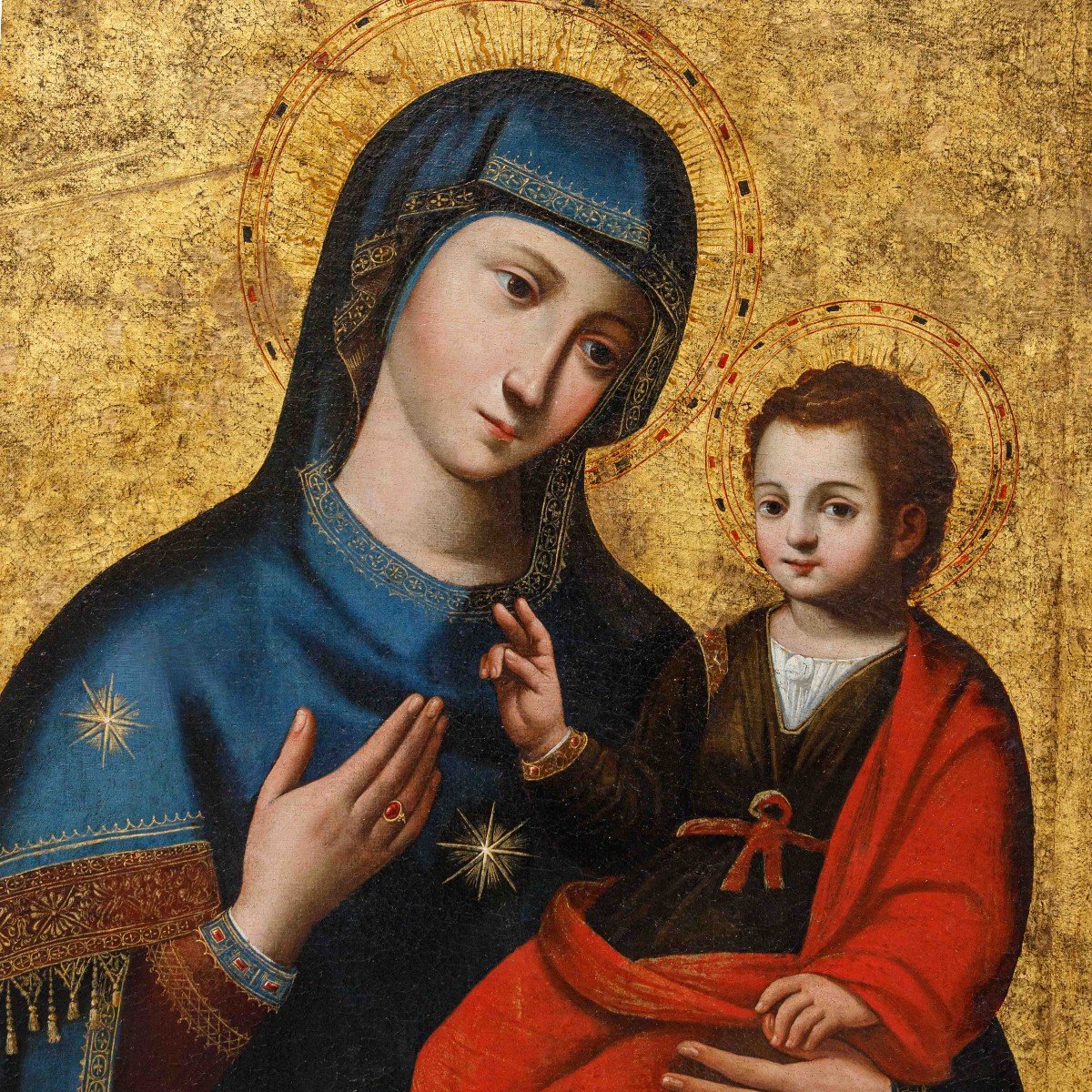
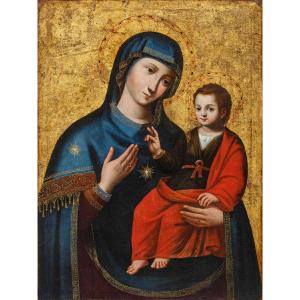













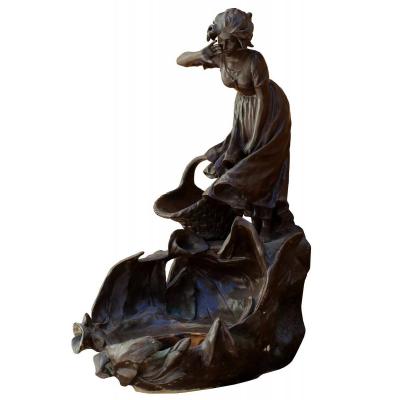



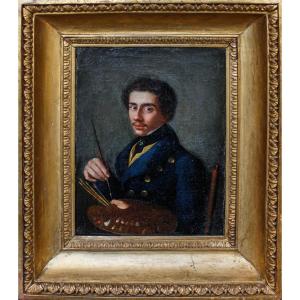





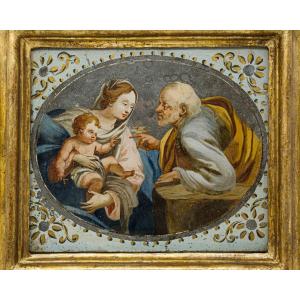
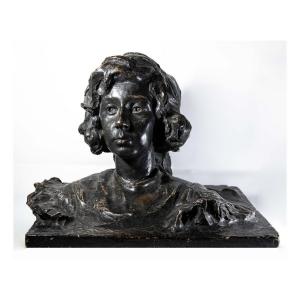





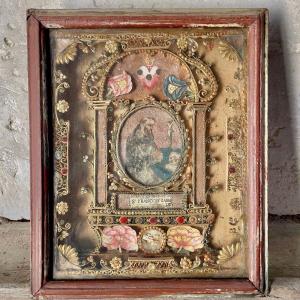



 Le Magazine de PROANTIC
Le Magazine de PROANTIC TRÉSORS Magazine
TRÉSORS Magazine Rivista Artiquariato
Rivista Artiquariato